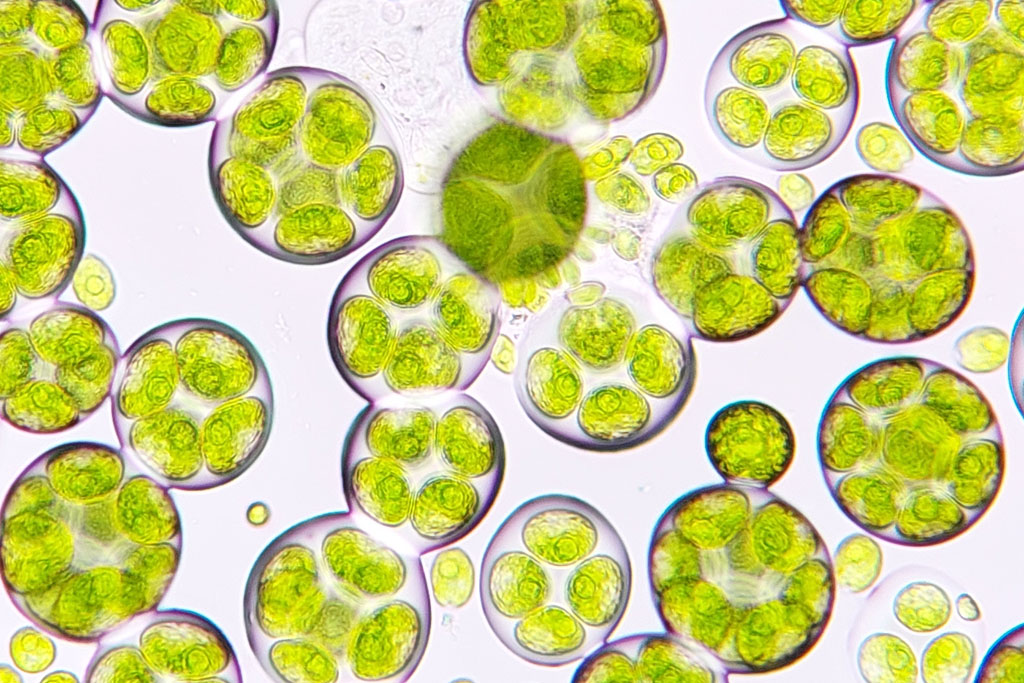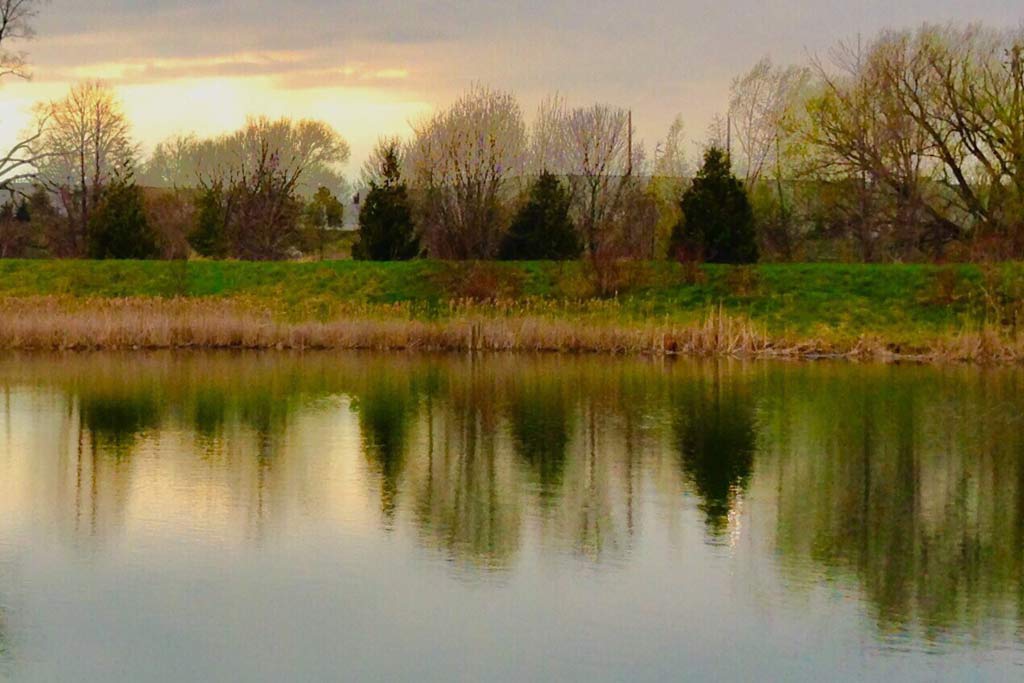Keith Gray, President
Summer 2021
“We just had our pond dredged, so we expect the pond to look really good (free of algae and ‘weeds’) this year”.
This is a paraphrased quote that I’ve heard many times, and it concerns me since it tells me that the client is either armed with misinformation provided by the dredger or lacks the information necessary to fully understand pond ecology.
While it’s true that dredging is the most significant management technique that can be done to improve pond conditions, there is a multitude of other factors that may lead to unfulfillment of expectations:
-Removal of sediment and the nutrients that are embedded in the sediment goes a long way towards a lower phosphorus level in the pond, but unless all the pond sediment was removed, and especially from the deepest/oxygen void areas, there may be little change in the ortho-P concentration of the water.
-If the dredging was done mechanically in the wet (while the pond held water) or hydraulically, it is likely that the disturbance created during the dredging process added phosphorus to the pond water potentially setting the stage for monster algae blooms. Steps can be taken to deactivate the suspended nutrients to mitigate this occurrence, but unfortunately, many dredgers don’t consider this.
-This winter had an incredible amount of snowfall that stayed in place for a very long period of time. As crazy as it sounds, aquatic plants and algae still photosynthesize (produce oxygen) over the winter from sunlight penetrating the ice. When snow blankets the ice, the pond is dark and becomes void of oxygen. Not only does this allow for phosphorus in the sediment to cycle up into the water, but plants and fish that die off the start to decompose and use up any small amount of oxygen that may be in the water.
Successful pond management is so much more than knowing what tools are available to achieve the results the owner wants. We live in a region with seasons. Heavy rains in the spring are sometimes capable of ‘flushing out’ the pond but at the same time bringing in whatever goodies that lay in the watershed. Summers with 17 hours of sunlight and heat coupled with the occasional drought make for perfect conditions for algae growth. Fall offers cooler air temperatures that may cause the pond or lake to ‘turn-over, bringing up the nutrients from the bottom layers. Finally, in winter, with ice and snow, there is the possibility of salt influx from de-icing activities. There are so many tools available to counteract these influences, and which to use when is really the ‘art’ of effective pond management.
Dredging is good for a pond but should not be done without consideration of all of the other factors that might get in the way of the pond looking good. Like any professional where trust and knowledge of history is of value (doctor, accountant, lawyer, financial advisor, dentist, etc.), a pond management professional has the best chance to fulfill client expectations by knowing the history, observing current influences, and calling upon their knowledge to implement techniques or take actions to guide the living pond ecosystem on the right path in the eyes of the client.




